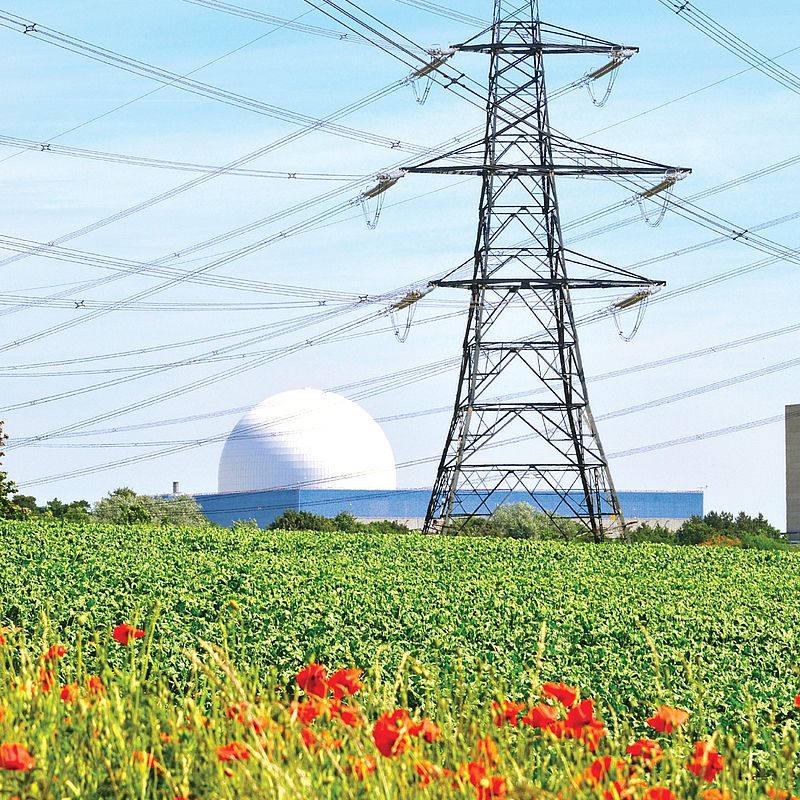
Improved nuclear incident data analysis
Challenge
High-speed digital data acquisition enables the direct observation of sensor outputs - a major advantage over conventional instrumentation. More compact and less power hungry, the use of this technology in mobile applications is increasing. For example, first responders at major nuclear incidents can check surroundings for contamination and officers at security checkpoints can screen the public, vehicles and cargoes to intercept illicit trafficking and wirelessly transmit data to remote control centres. However, the lack of a standardised data format is creating interoperability issues between the different types of instrumentation and software used.
The expert group on radiological and nuclear threats at the European Reference Network for Critical Infrastructure Protection (ERNCIP) operated by the Joint Research Centre of the European Commission, has identified interoperability issues as being a limiting factor in the adoption of remote automated radiation detection sensing.
Transmitting data in a digital format based on ‘list mode’ could offer a solution that combines highly accurate positioning information from Global Navigation Satellite System (GNSS) with improved calculation transparency and the ability to re-play and re-analyse all raw data using different parameters or algorithms. Commission mandate M/487 to CEN requires the urgent development of such a standardised digital data format to address this problem.
Solution
The EMRP project Metrology for New Generation Nuclear Power Plants developed digital electronics for NMI use when measuring radionuclide activity based on converting the complete measurement signal to digital format as it leaves the detector. Instrument manufacturers and the NMI community joined forces in the follow on EMPIR project Standard for Digital Data Format for Nuclear Instrumentation to draft a digital list-mode data standard. Close collaboration between project partners and other experts appointed by the International Electrotechnical Commission (IEC) produced the IEC 63047 international standard. This specifies a data format for list-mode digital data acquisition for use in radiation detection and measurement. The standard supports representation of location information and data from any kind of sensor – including non-nuclear – and can therefore be used in a wide range of applications including drones or robots deployed in case of emergency or routine screening.
Impact
Fraunhofer FKIE researches technologies for land-based emergency responses including wireless data transmission to centralised control centres. To demonstrate mobile radiation detection capabilities, it organises field trials simulating nuclear incidents. In the most recent civilian event, participants were required to use the IEC 63047 digital data format standards to address the interoperability and data exchange compatibility problems faced by emergency responders.
Research teams participating in the trial had to convert existing instrumentation outputs to the new IEC 63047 data format. To assist with this, JRC-Geel, a partner of the Digital Data Format consortium, has – in co-operation with FKIE - developed a demonstration device with a commercially available Hamamatsu C12137 radiation detector, a GNSS receiver and a RaspberryPi mini processor that runs open-source software to convert detector data into the new standardised format. This cost-effective device is aimed at researchers and university students developing the next generation of mobile digital systems and has potential uses in gas analysis, temperature or toxicity level sensing applications.
- Category
- EMRP,
- Energy,
